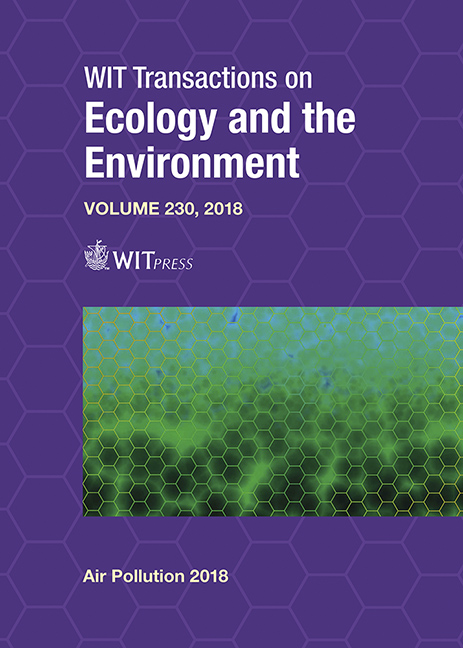OZONE BACKGROUND LEVELS AND TRENDS IN THE STATE OF KUWAIT
Price
Free (open access)
Transaction
Volume
230
Pages
9
Page Range
375 - 383
Published
2018
Paper DOI
10.2495/AIR180351
Copyright
WIT Press
Author(s)
MOHAMED F. YASSIN, MARIAM J. MALEK, MUFREH S. AL-RASHIDI
Abstract
With the rapid of climate change, development of industrialization and urbanization in the world, the level of ozone (O3) concentration in the atmosphere has become a serious problem causes adverse human health effects. Background O3 is defined as the fraction of the O3 present in a given area that is not attributed to anthropogenic sources of local origin. As such, background O3 has several well-documented sources, both natural and anthropogenic. These include: (a) downward transport of stratospheric O3 through the free troposphere to near the ground level, (b) in situ O3 production from methane emitted from swamps and wetlands reacting with natural NOx (from soils, lightning strikes and downward transport of NO from the stratosphere), (c) in situ production of O3 from reactions of biogenic VOCs with natural NOx and (d) long-range transport of O3 from distant pollutant sources. In this study, we collected the O3 data from air quality monitoring stations for ten years in the state of Kuwait. The O3 status and trends were analysis by using the Open-Air Package. The background level of O3 assessed using the Kolmogorov–Zurbenko (KZ) filter technique. The result shows that the observed levels of O3 background concentrations were high in the urban site. The diurnal variations of O3 at different locations showed a similar trend.
Keywords
KZ filter, meteorological conditions, Open-Air Package, ozone, urban, suburban and rural environment





